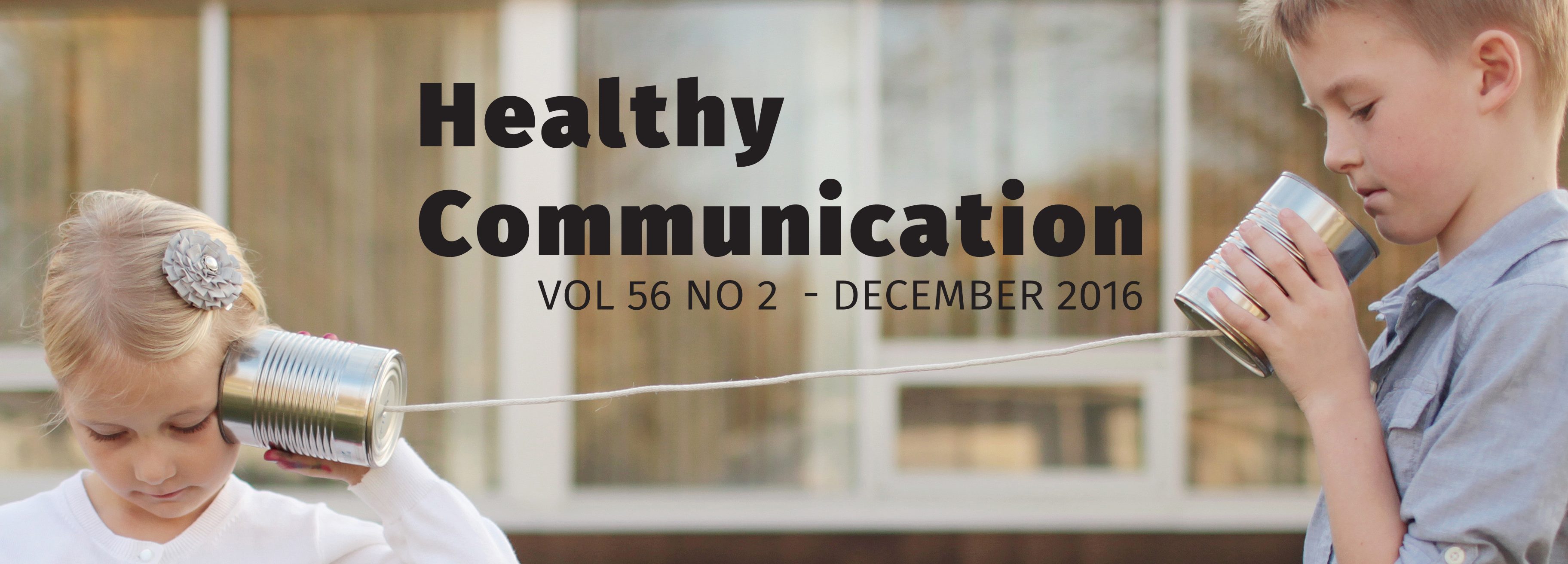One of the more troubling details of international adoption is that young children brought to new countries often completely lose their native language. I can recall initially giving our adoption worker one of those wincing, doubtful kind of expressions when I was informed that my new Bulgarian daughter—even at nine years old—would likely meet this fate. After just six months, my skepticism was replaced by astonishment as she struggled to even count to ten in her mother tongue—a situation that was all the more troubling because she had not yet learned English. What it meant for her to live in a word wilderness—a kind of linguistic no-man’s-land—is something I still have trouble getting my mind around.
When I contrast this voicelessness with today’s tech-amplified, social-networking millennials, it’s not hard to get a bit reflective. I certainly remember the difficult and silent chapter in my daughter’s adoption story. But if today’s technology offers any commentary into our need for audience, I find myself revisiting our daughter’s communication prison with renewed sympathy as her father.
As an educator, the experience also pushes me to ask some questions about my role in the classroom. I wonder, for instance, about those silent populations that might persist in our schools. And then inevitably the larger question comes: How purposeful are we in elevating and honoring student voices in our classrooms? Certainly, modern communication says something about our need for connectivity and community, and I don’t doubt that it can feed some unhealthy practices, but might it also be saying something about our need for audience, an innate and developmental need to contribute our voices?
As far as educational buzzwords go, “voice” is no slouch. I suppose you might make a pretty good case for spotlighting popular twenty-first-century battle cries for “differentiated education” or “project-based learning.” But I think we could also make a pretty good case for centering “voice” on the educational mantle as a concept that has shaped no small part of our collective educational zeitgeist, especially in light of our school-reform climate. If yours is a school serious about student-centered learning, then student voice is really about democratizing your school by empowering and valuing student perspective. It is probably not uncommon to even hear talk about deputizing students as co-designers in their learning. In fact for many it is probably not possible to talk about project-based learning without at least one utterance of the much ballyhooed “voice and choice.” And if we throw in those educational surveys, student-inclusive school initiatives, and a host of other empowerment efforts, we probably wouldn’t be too far off to make an effective argument for defining 2016 as the Year of Listening Schools (although my older teenage daughter may claim I am overreaching a bit on this).
But if there is another question that our digitally amplified teens do well to ask us, it is that beyond a vocal citizenry, how large should this voice be? And perhaps more specifically—especially for educators—to what extent can students trust us with their stories and their words, and how might we better shepherd these voices in our classroom communities?
Works Cited
Pink, Daniel. Drive: The Surprising Truth About What Motivates Us. Riverhead Books: 2011, p. 145.
Dave Praamsma lives near Lake Champlain in Vermont with his wife and 5 children. He teaches English and writing. He is a graduate of both Calvin College and Castleton University.
